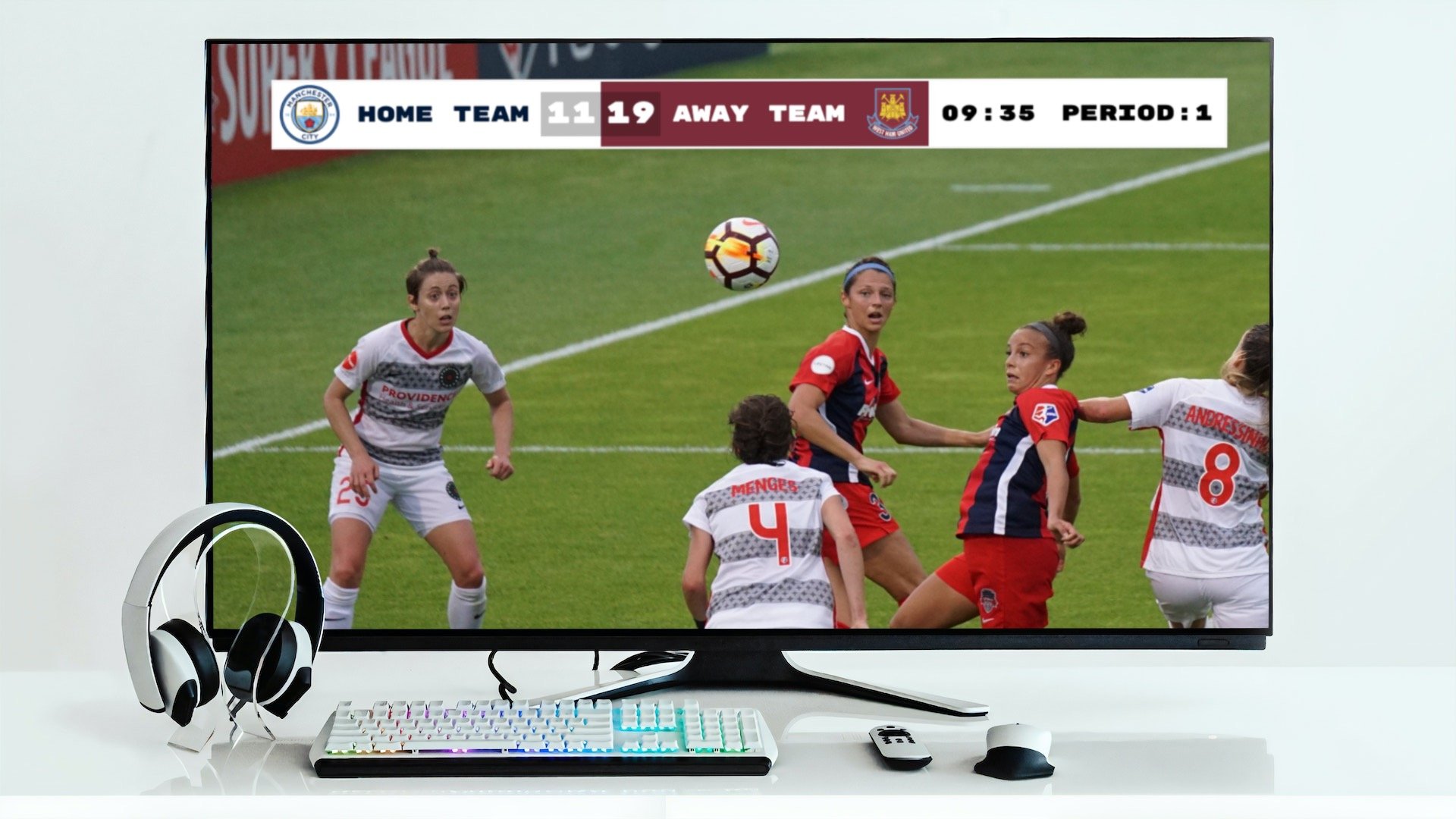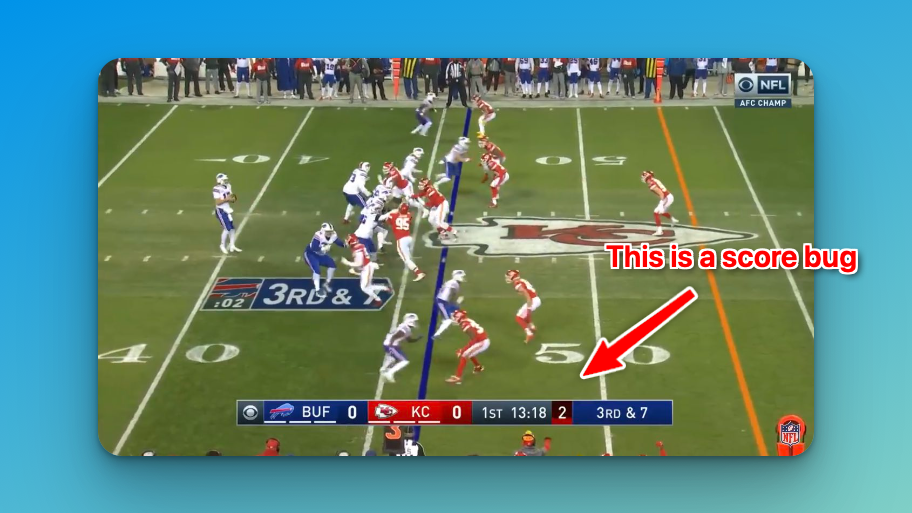Soccer, known as football in many parts of the world, has a straightforward scoring system compared to some other sports. The objective is simple: score more goals than your opponent. In this guide, examine the details of soccer scoring, covering everything from basic goals to complex rules and controversial situations.

The Basics of Soccer Scoring
At its core, soccer scoring is straightforward: the team that puts the ball into the opponent's goal more times wins the match. A standard match consists of two 45-minute halves, totaling 90 minutes of regular play, with additional "stoppage time" or "injury time" added to account for interruptions.
How to Score Goals in Soccer
A goal in soccer is scored when the entire ball crosses the goal line between the goalposts and under the crossbar. The team with the most goals at the end of the match wins. Here's what you need to know:
Basic Goal Scoring:
- The ball can be kicked, headed, or deflected off any part of the body (except hands and arms for offensive players) to score
- It doesn't matter how weak or lucky the shot is – as long as the whole ball crosses the line, it's a goal
- Even goalkeepers can score goals, though rare, during corner kicks, free kicks, or late-game situations
Referee's Decision:
- The referee determines if a goal has been scored, which can be challenging in close calls
- In professional matches, goal-line technology and Video Assistant Referee (VAR) systems are often used to assist with these decisions
Types of Goals:
- Regular goals: Scored by the attacking team
- Own goals: Accidentally scored by the defending team (these count in favor of the opposing team)

Soccer Statistics and Scoring Records
Goal Difference and Points System
In many soccer leagues and tournaments:
- Teams earn 3 points for a win, 1 point for a draw, and 0 points for a loss
- Goal difference (goals scored minus goals conceded) serves as a tiebreaker
- In tournaments like the World Cup, teams with the most points advance from group stages to knockout rounds
Historical Scoring Records
The highest-scoring professional match recorded was Arbroath's 36-0 victory over Bon Accord in a Scottish Cup match in 1885. Such high scores are now rare due to modern tactical and physical training improvements.
Assists and Player Statistics
While not part of the official rules, assists are recorded when a player makes the final pass or touch before a goal is scored. This statistic acknowledges their role in creating scoring opportunities.

Match Duration and Tie Scenarios
When a match is tied:
- In league play, the match ends in a draw
- In knockout tournaments, two 15-minute periods of extra time are played
- If still tied after extra time, the match proceeds to a penalty shootout
- The former "golden goal" rule (first team to score in extra time wins) is no longer used in most competitions
Understanding the Offside Rule
The offside rule is one of soccer's most complex and controversial rules, designed to prevent attacking players from gaining an unfair advantage.
When is a Player in an Offside Position?
A player is in an offside position if:
- They are closer to the opponent's goal line than both the ball and the second-last opponent
- They are in the opponent's half of the field
When is Offside Penalized?
Being in an offside position becomes an offense only when:
- The player interferes with play by touching the ball
- The player interferes with an opponent
- The player gains an advantage from being in that position
Offside Exceptions
A player cannot be offside when:
- Receiving the ball directly from a goal kick, throw-in, or corner kick
- They are in their own half of the field
- The ball is last touched by an opponent
Penalty Kicks and Special Situations
Regular Penalty Kicks
Penalty kicks are awarded when:
- A defending player commits a direct free kick offense inside their own penalty area
- The offense occurs while the ball is in play

Penalty Kick Execution
- The ball is placed 12 yards (11 meters) from the goal
- The goalkeeper must stay on the goal line until the ball is kicked
- Other players must remain outside the penalty area and arc
- The kicker can use any legal kicking technique
Penalty Shootouts
In knockout tournaments, if the match remains tied after extra time:
- Each team takes five penalty kicks alternately
- If still tied, the shootout continues in sudden-death format
- The team with more goals after equal attempts wins
Advanced Scoring Scenarios and Set Pieces
Direct and Indirect Free Kicks
- Direct Free Kicks: Goals can be scored directly
- Indirect Free Kicks: The ball must touch another player before entering the goal
Special Scoring Situations
- Goal Kicks: A goalkeeper can score directly if the ball travels the entire field
- Throw-Ins: Goals cannot be scored directly; the ball must touch another player
- Corner Kicks: Goals can be scored directly
Team Management and Substitutions
Teams are typically allowed five substitutions per match, an increase from the traditional three substitutions. This change was implemented partly in response to the COVID-19 pandemic and congested match schedules.
Technology in Modern Soccer
Goal-Line Technology
Uses cameras or sensors to determine if the ball has fully crossed the goal line, providing instant decisions to referees.
Video Assistant Referee (VAR)
Reviews decisions related to:
- Goals and offenses leading up to goals
- Penalty decisions
- Direct red card incidents
- Mistaken identity in card issuance
Soccer Scoreboard Information

A typical soccer scoreboard displays:
- Current score
- Match time elapsed
- Team names
- Player statistics
- Substitutions
- Cards issued
Professional broadcasts may include:
- Possession percentage
- Shots on target
- Distance covered
- Pass completion rates
- Other advanced statistics
You can use an online scoreboard to level up your own scorekeeping.
The Penalty Shootout Debate
While penalty shootouts are the current standard for deciding tied knockout matches, there are ongoing discussions about:
- The role of luck versus skill
- Psychological pressure on players
- Whether it truly reflects team performance
- Alternative deciding methods, such as:
- Continuous play until a goal
- Using match statistics
- Modified shootout formats










